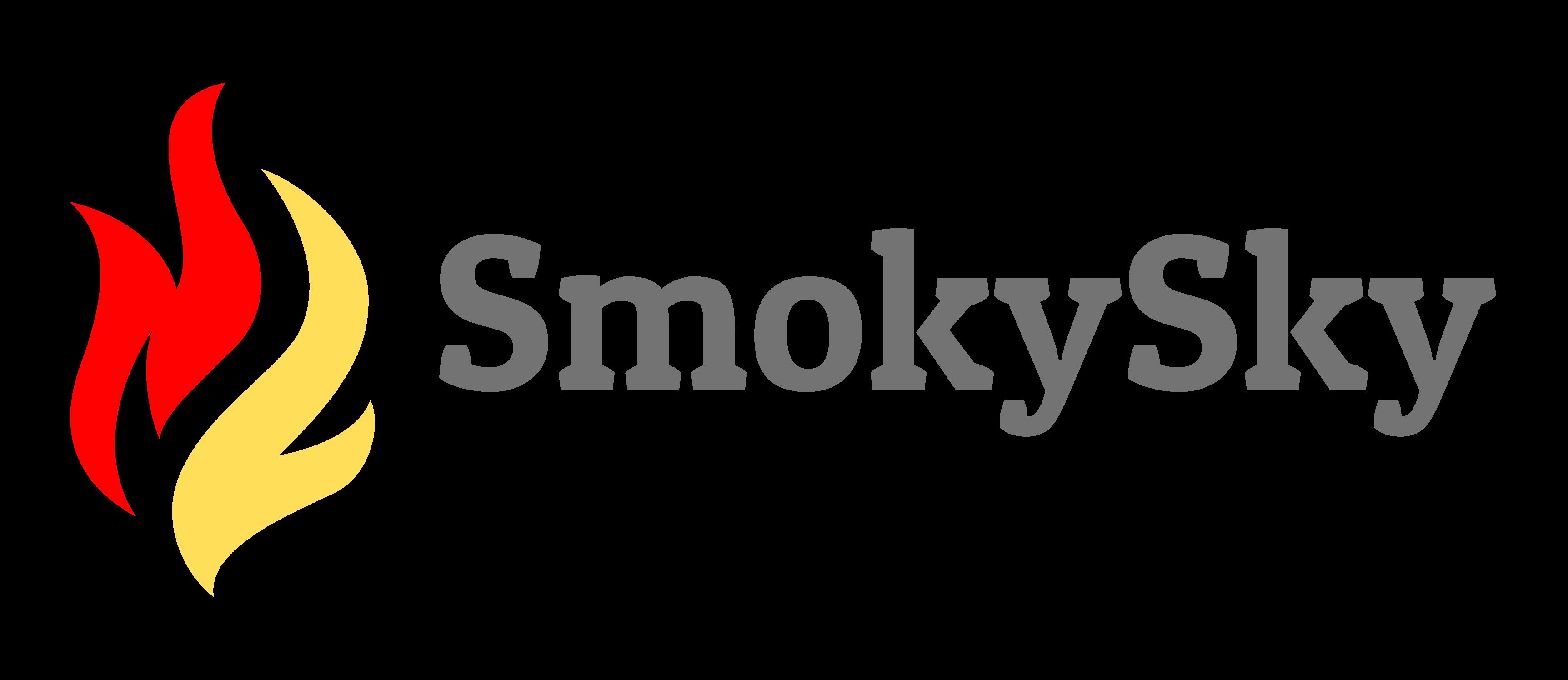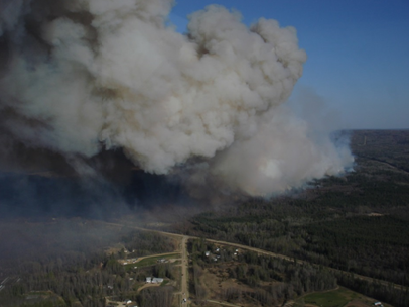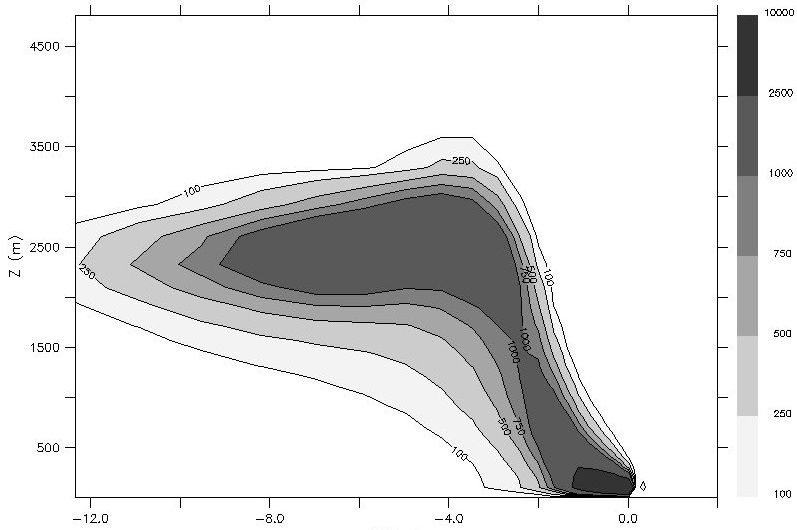Smoke Emissions
Wildland fires release numerous chemical species, including greenhouse gases (e.g., carbon dioxide CO2), ozone (O3) precursors, and particulate matter (PM). Fine particles known as PM2.5 (particles < 2.5 μm in diameter) are the third largest source of emissions. In 2017, one week of extreme wildfire activity in northern California in the US produced as much as PM2.5 by road vehicles in the same state in an entire year (https://www.cnn.com/2017/10/13/health/california-fires-air-pollution-trnd, accessed 13 October 2017).
Carbonaceous material is a major component of PM2.5. It is comprised of black carbon (BC) and organic carbon (OC) which have distinct radiative properties. BC absorbs sunlight like a black body and heats the surrounding air. On the other hand, OC has scattering properties and reflects a part of incoming solar radiation back to space, causing cooling.
|
|
Calculation
The following presents a simple bottom-up approach to assess atmospheric emissions from wildland fires.
|
Formula The amount (Q) of chemical species (X) emitted is determined by applying an emission factor to the estimates of area burned and fuel consumed: Q(X) = A × B × EF(X) with:
EF(X) is mostly dependent on the combustion mode. The two extreme cases generally considered are the flaming phase versus the smoldering phase.
|
Example Consider a section of forest with the following characteristics:
The amount of PM2.5 emitted by the flaming phase is: 1,000,000 m² × 60% × 2.0 kg/m² × 14.0 g/kg = 16,800,000 g or 16.8 metric tons (or tonnes) The amount of PM2.5 emitted by the smoldering phase is: 1,000,000 m² × 40% × 2.0 kg/m² × 22.9 g/kg = 18,320,000 g or 18.3 tonnes. The total amount of PM2.5 emitted is then 35.1 tonnes. |
Plume Rise
The buoyancy generated by wildland fires can propel gases and particles to high altitudes. Smoke plume rise depends on both fire behavior and atmospheric conditions at the surface and aloft. Fire behavior includes heat flux calculated from the area burned, fuel consumption and heat of combustion. Plume rise is a key parameter for the atmospheric transport of smoke plumes.
|
Smoke plume from the 2011 Slave Lake fire in Alberta, Canada |
Numerical modeling of the smoke plume released by |
|
Smoke plume from the Slave Lake Fire as it reaches the first subdivision of the town on May 15, 2011 (video shot by a local resident). |
Fire Behavior ![]()
![]() Air Quality Impact
Air Quality Impact
Last Modified 27 May 2023


